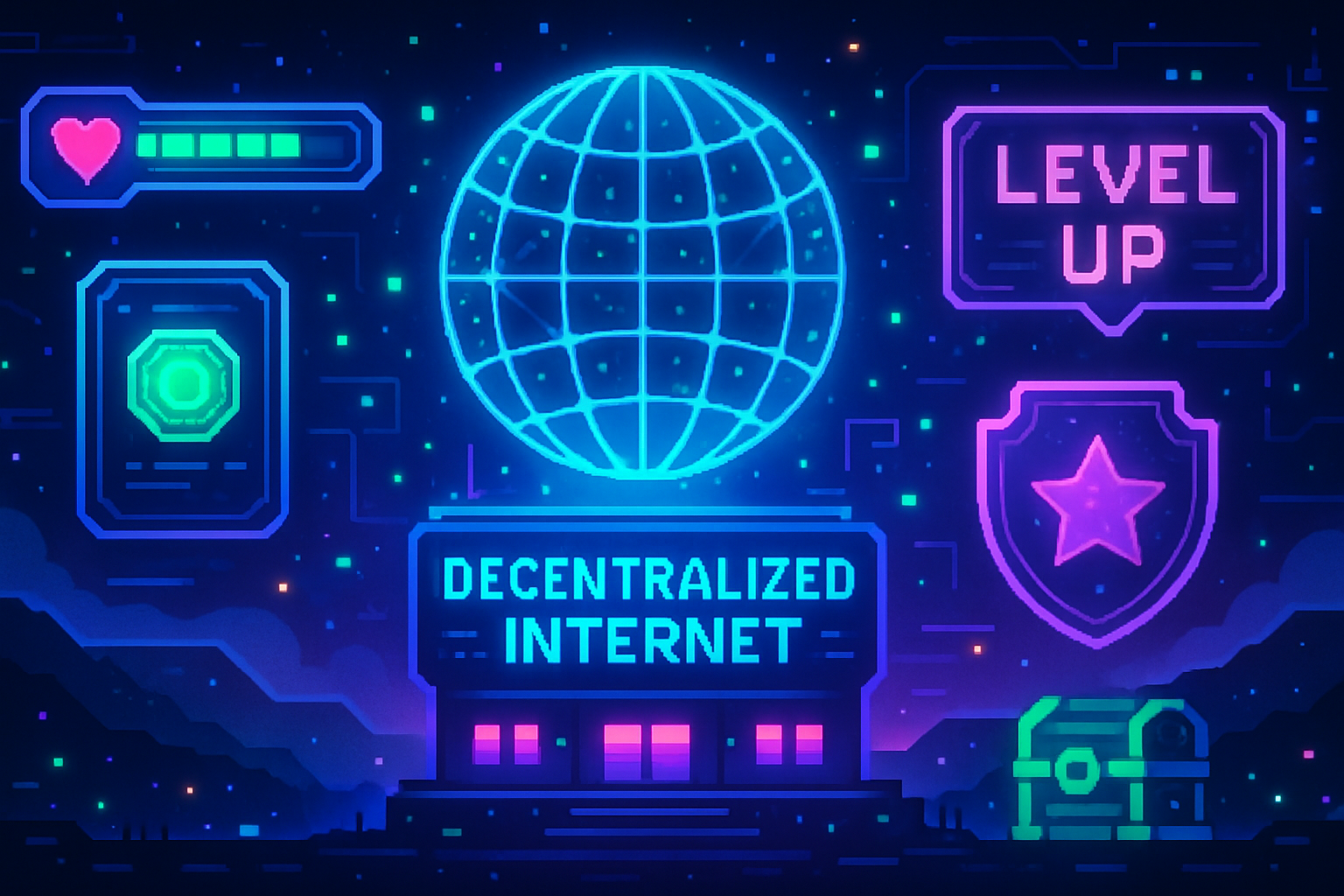
In June 2025, the landscape of decentralized finance (DeFi) is being reshaped by chain abstraction, a paradigm shift that is quietly but fundamentally altering how users interact with blockchains. While the headlines still focus on surging bridge volumes, cross-chain bridge activity hit $17.3B in May, up 30% month-over-month, what’s truly remarkable is the invisible architecture powering this growth: seamless, unified experiences that abstract away the complexity of multiple networks.

Chain Abstraction: The End of Network Silos
For years, DeFi users have been forced to navigate a fragmented ecosystem. Each blockchain required its own wallet configuration, gas token management, and manual bridging for cross-chain activity. This technical friction was a barrier not just for new entrants but also for experienced participants seeking efficiency. In 2025, chain abstraction has become the connective tissue uniting these disparate networks into a single user experience.
Today’s chain abstraction solutions decouple application logic from underlying infrastructure. Users can access any supported dApp, whether it lives on Ethereum, Solana, or another network, through a single interface. There’s no need to swap wallets or worry about which chain you’re on; the abstraction layer handles routing and transaction optimization behind the scenes. The result is an intuitive flow that feels more like using a modern fintech app than wrestling with blockchain protocols.
The Rise of Unified Wallet Solutions
The most visible impact of chain abstraction is in unified wallet solutions. Imagine logging into your crypto wallet and seeing one consolidated balance that spans all your assets across multiple chains. Transactions are routed automatically to the most efficient network based on fees and liquidity without requiring any manual intervention. This isn’t theoretical, it’s now table stakes for leading wallets in 2025.
This unified approach does more than streamline convenience; it unlocks true multichain composability for users and developers alike. With chain abstraction, you can lend assets on one chain and borrow against them on another, all within a single interface. The user doesn’t need to understand which network hosts which protocol; they simply interact with DeFi as if it were one cohesive ecosystem.
Simplifying Developer Experience and Expanding Liquidity
The developer experience has undergone just as dramatic an evolution. Where once teams had to build separate integrations for each blockchain, with duplicated codebases and security risks, chain abstraction now allows projects to build once and deploy everywhere. Smart contracts can be written in a chain-agnostic way, letting backend logic determine optimal execution venues for transactions based on real-time conditions like gas fees or liquidity depth.
This architectural shift has major implications for liquidity fragmentation, a perennial challenge in DeFi. Previously, capital was siloed within specific chains or protocols, limiting market efficiency and user options. Now, thanks to cross-chain abstraction layers, liquidity providers can access pools spanning multiple networks simultaneously. This creates deeper markets and tighter spreads while giving users more competitive rates across lending, borrowing, and trading platforms.
If you want to dive deeper into how these advances are transforming everyday DeFi interactions, and why they matter for both user adoption and protocol growth, explore our detailed analysis at How Chain Abstraction Simplifies Cross-Chain Wallet UX For DeFi In 2025.
Security, too, is benefitting from the maturation of chain abstraction. By standardizing cross-chain operations and automating asset transfers, the risk surface shrinks considerably. Manual bridging and fragmented interfaces were notorious vectors for exploits in earlier DeFi eras. In contrast, 2025’s abstraction frameworks incorporate robust auditing and protocol-level security checks at every step, reducing the human error factor and making cross-chain DeFi safer for all participants.
Perhaps most importantly, this new paradigm is not just about convenience or safety, it is about unlocking entirely new user behaviors. When users do not have to consider which chain their assets reside on or how to move them between protocols, they are free to explore more complex strategies. Yield optimization across multiple chains, instant arbitrage opportunities, and seamless access to synthetic assets are now within reach for both power users and newcomers alike.
Enterprise Adoption and the Path Forward
Institutions are taking notice. The unification of liquidity pools and compliance layers via chain abstraction is lowering the barriers for enterprise entry into DeFi. Regulatory requirements can be programmed directly into abstraction layers, ensuring that institutional flows remain compliant while still leveraging the full composability of decentralized finance. This convergence of compliance and interoperability is a key driver behind the sharp uptick in cross-chain bridge volumes provides $17.3B in May alone, and it signals a shift from speculative experimentation to scalable financial infrastructure.
Looking ahead, chain abstraction will likely become invisible infrastructure, an expectation rather than a feature. As more dApps embrace this model, user education efforts will shift from teaching multi-chain navigation to empowering users with new tools for portfolio management and strategy execution across networks. The promise of a unified crypto ecosystem is no longer theoretical; it is being realized today by projects that put seamless UX at their core.
What’s Next? User Experience as the Ultimate Differentiator
The race is now on for wallets, protocols, and infrastructure providers to offer differentiated experiences atop these abstracted foundations. Expect to see competition around personalization, smart routing based on user preferences or risk profiles, as well as integrated analytics that give users unprecedented insight into their cross-chain positions.
For developers and product teams evaluating where to invest next, focusing on UX innovation within this new paradigm will be critical. The winners will be those who combine robust interoperability with elegant design, surfacing complexity only when necessary while keeping friction invisible by default.
The era of network silos has ended, not with a bang but with a steady evolution toward seamlessness. As chain abstraction continues to mature through 2025 and beyond, expect DeFi’s growth curve to accelerate even further as billions gain access without ever needing to know what happens under the hood.




